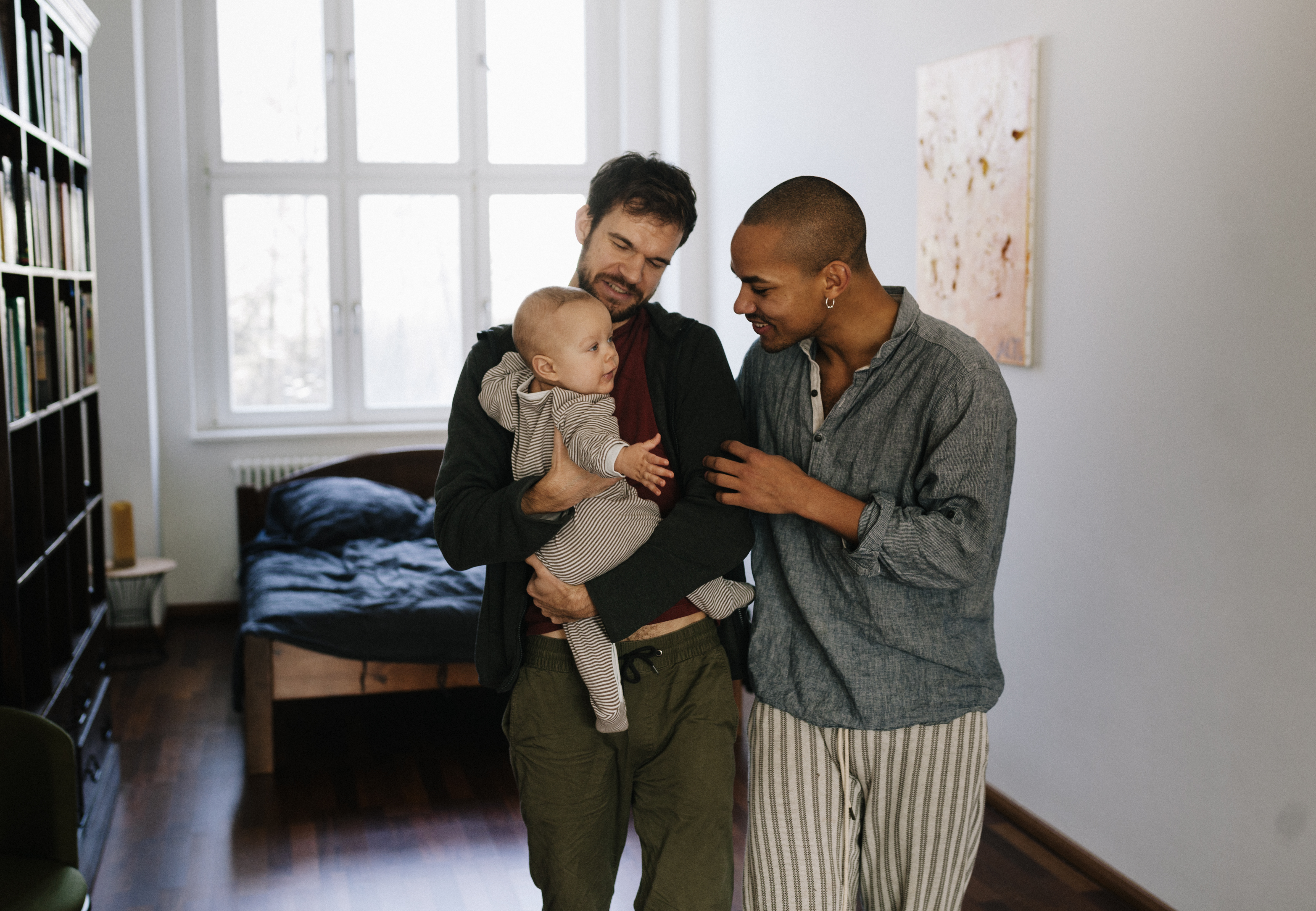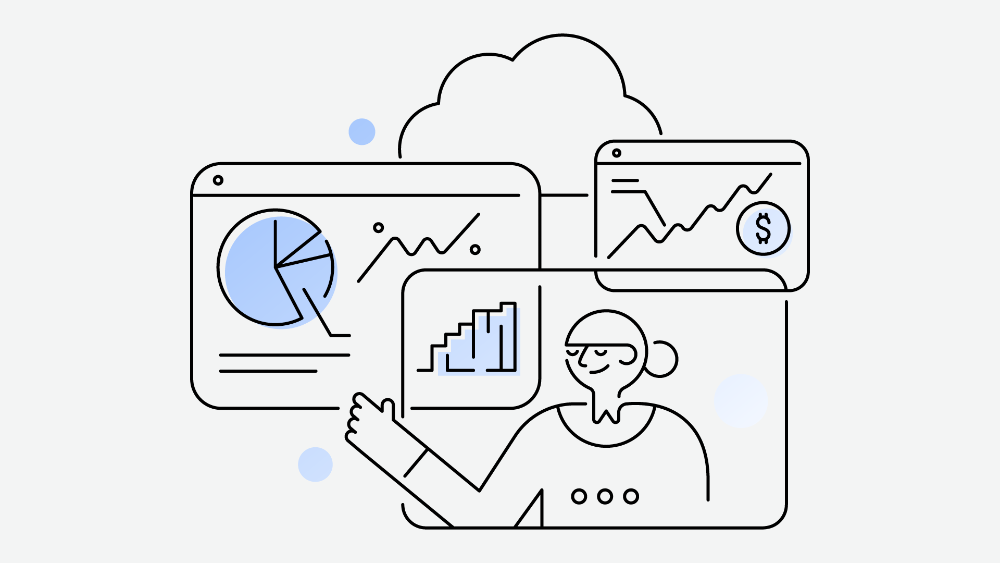
Time was, mums were the only ones to get paid leave when the baby arrived, while dads took a few days of annual leave at most. Even though government legislation now supports paternal leave, only 5% of dads take primary parental leave, according to the Australian Bureau of Statistics, although 3 in 4 want to, according to the Human Rights Commission.
This needs to change. When dads decline parental leave, it hurts not only them, but their partners too, encouraging sexist attitudes and stigma in the workplace. This also leaves the burden of childcare solely on mums, while dads miss the chance to bond with their child.
Corporate policies and workplace cultures need to change in order for paternity leave to become the norm. The introduction of flexible hours post-pandemic could be a start, driving a shift away from presenteeism. Employers also need to make it possible for parents to return to the careers they had before their parental leave, regardless of gender.
Current trends and cultural stigmas
Parental leave policies differ across the world. In Australia, dads are entitled to two weeks’ leave, paid at minimum wage, while in New Zealand they can get up to two weeks’ unpaid leave, though mums can transfer their leave to dads. In comparison, the EU offers dads an average of 6.3 weeks of paid leave.
Money is part of the reason why dads decline paternity leave as the gender pay gap means they tend to earn significantly more in the family, resulting in a bigger impact on the household income when they take extended leave. This can really affect a family with a new baby to care for. Breadwinner and homemaker gender roles are also deeply entrenched. This has led to workplace stigmas around extended paternity leave, especially when most new dads aren’t taking it. They know what they’re entitled to, but they’re held back by fear of damaging their reputation, or even their career.
By contrast, Sweden has one of the world’s most generous parental leave systems, which has gone a long way in shifting childcare gender roles since it was first introduced. It offers 480 days of paid leave to be shared between both parents.
A change in mindset
Some countries, including the United States and China, have yet to offer paid paternity leave. Even less common is paid adoption leave around the world.
While the onus may be on governments to change policies, there is much that employers can do. They can start by offering flexible work options for parents and create a more open corporate culture when tackling ongoing issues of parental leave. In the past few years, more companies have boosted paternity and shared parental leave for their employees.
It’s becoming increasingly obvious that taking time off work to look after children is too often seen as a mum issue, not a parental one, because dads are not taking the paternity leave they’re entitled to. When they start taking parental leave, change can begin.


